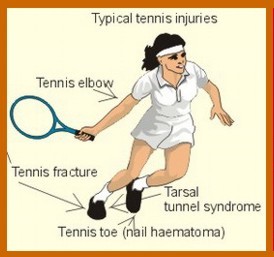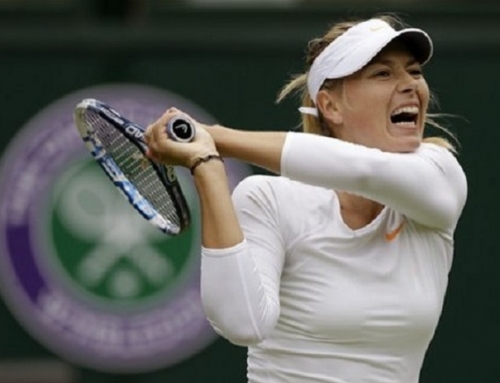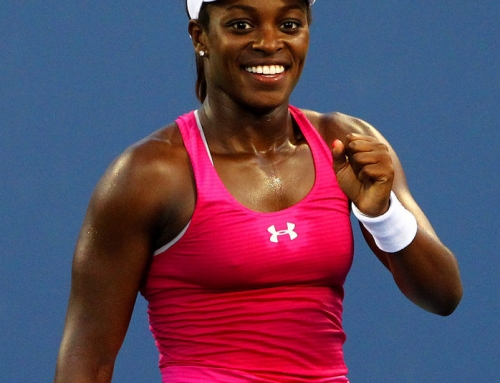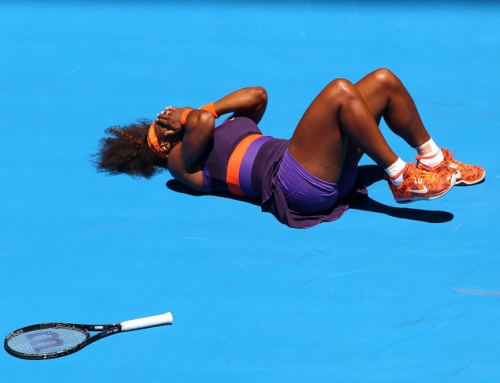 Injuries have long been a part of the sports scene. Lately, however, injuries seem to be a plague on both the women’s and men’s side of the tennis court.
Injuries have long been a part of the sports scene. Lately, however, injuries seem to be a plague on both the women’s and men’s side of the tennis court.
The WTA tried to address that problem last year, when after years of debate and struggle, the season was shortened by two weeks – that is, the offseason was shortened from seven to nine weeks before they had to start up again in 2010. The WTA also reduced the number of required events for the top players. These two changes were designed to do two things: 1) keep the biggest stars from getting injured, and 2) get them to face off against each other more often.
At the end of the 2009 season, it seemed these two changes might have helped. Serena Williams, who had rarely made it to the end of the year in top shape, was fresh enough to win her first season-ending tour title in eight years. Kim Clijsters, coming out of retirement as a new mother, liked the new flexibility. And the women began the new year with a strong opening Slam in Australia, where two big stars, Williams and Justine Henin faced off in the final.
But then the plague struck. Williams hasn’t played since Melbourne. Maria Sharapova appeared briefly in Indian Wells but is out again due to continuing injuries. Dinara Safina is not playing because of a stress fracture in her back. Venus Williams played and lost in the Key Biscayne final with a bandage on her right thigh and another on her left knee. Svetlana Kuznetsova complained of shoulder problems after a bad loss also at Key Biscayne.
Most recently, Caroline Wozniacki retired from her semifinal in Charleston after she rolled her ankle, and Victoria Azarenka pulled out of Marbella with a hamstring problem. Now the injury plague has spread to a couple of young players, Anastasia Pavlyuchenkova with a foot problem, and Sabine Lisicki with an ankle injury.
The WTA had hoped to give a tournament like the Family Circle Cup in Charleston a chance to attract more big names again. It did, until Serena and Sharapova pulled out. Hopefully the Grand Slams will be able to have all the big names playing. The Australian Open had a fully-loaded draw. It would be great to see the French open with the same full draw.
The players are placing the blame where we would suspect – better competition, more physical play, even the schedule. But we all know the hard-hitting, physical style of today’s game is tough on the players’ bodies. The WTA has reduced the mandatory events to just four, as low as it can go, but the tour can’t seem to solve the injury problem. The players are going to somehow have to realize their limits, and make their own schedules with the long road down the future in mind.
Rafa Nadal on the men’s side seems to be trying find his limit. He withdrew from the Barcelona Open, presumably to keep his injured knees fresh in the lead-up to next month’s French Open. Nadal’s desire to play the rigorous clay court schedule before Roland Garros has often been cited as a possible contributor to his recent injuries. Barcelona is his hometown tournament, and he is the five-time defending champion, so it was a difficult decision for him. But perhaps he has decided to be smart, and set a limit to his play.
It may be time for everyone else to get smart as well, and decide when enough is enough, and too much is too much.







